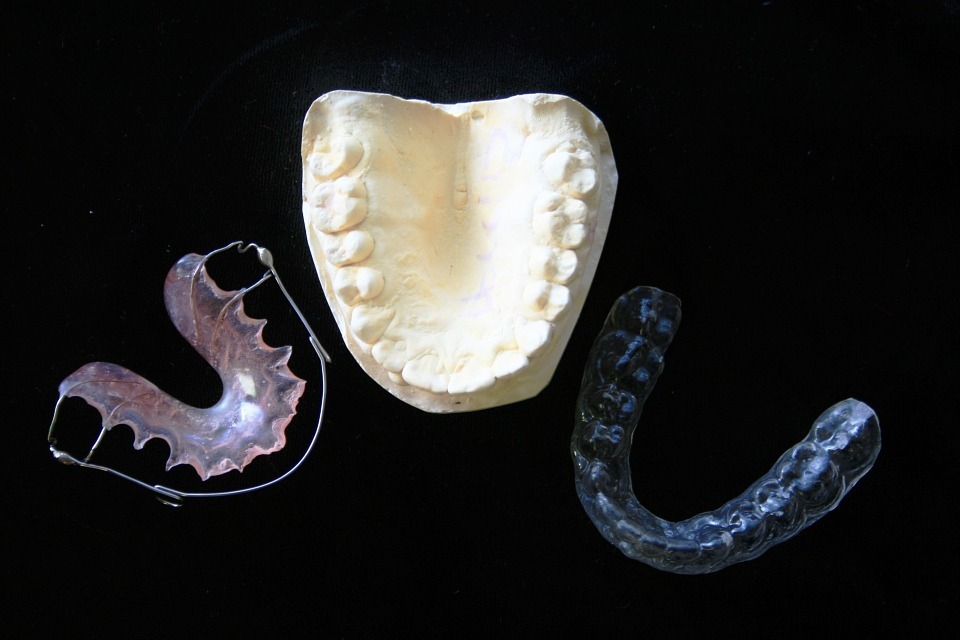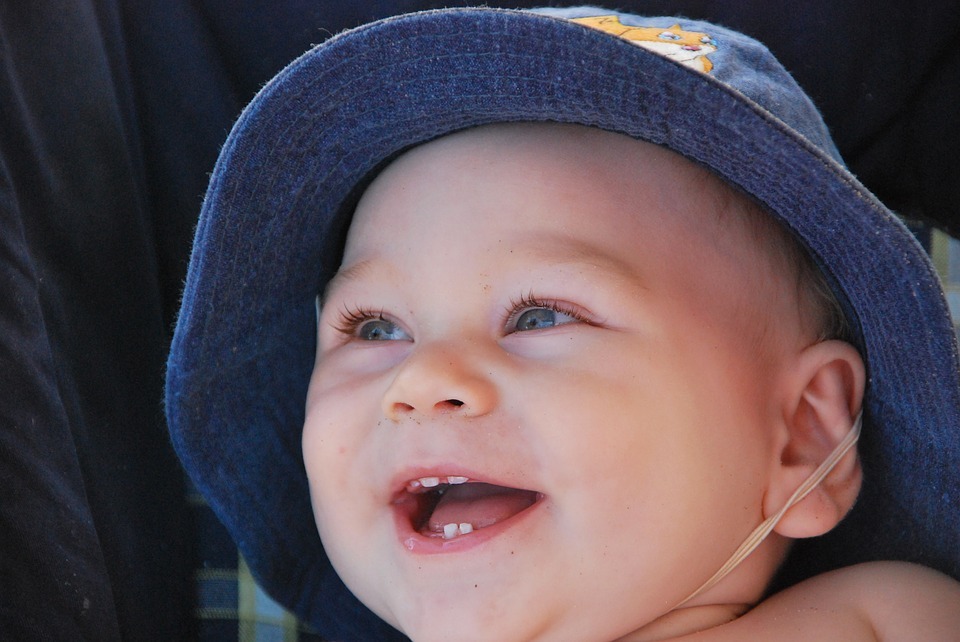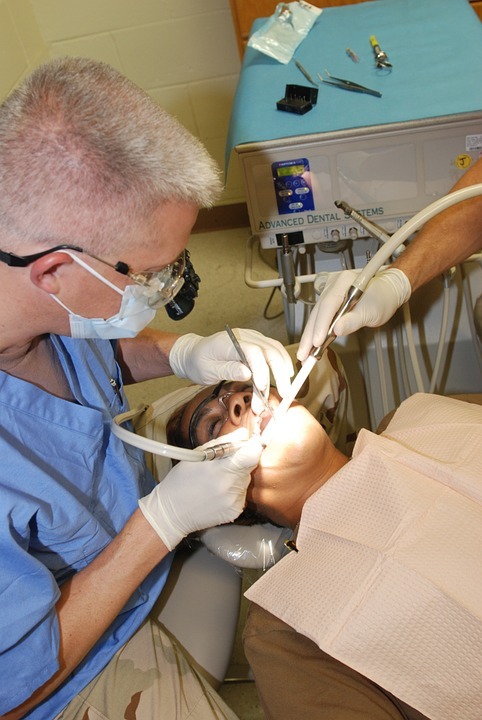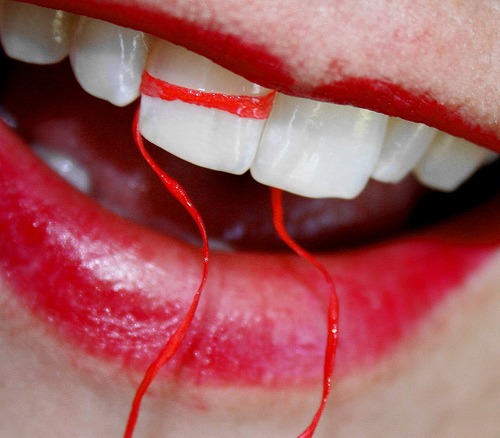
by | May 8, 2014 | Invisalign, Invisalign Teen, Orthodontic Treatments
Lingual Braces v Invisalign
Nice straight teeth are often highly desirable, but many people do not like being confined to using braces to achieve them. At an older age, braces don’t just look uncomfortable; they can affect the facial appearance while in place. Luckily, in 1998 an innovative breakthrough emerged for tooth re positioning. This was the launching of Invisalign.
What is Invisalign?
Invisalign are plastic aligners that cannot be seen. The public responded quickly to this new development, as they thought that crooked and misaligned teeth could now be corrected without the need for the attachment of brackets and wires to the teeth for long periods of time. It was soon learnt however that Invisalign does not always make a magical improvement, but can be beneficial in certain circumstances. The plastic is simply not strong enough to exert the same force as clear braces, such as lingual and conventional steel braces. This is particularly true for such actions as turning teeth round and lengthening teeth. In moderate to severe teeth alignment cases then, clear braces can be used or conventional metal braces.
Read more…

by | Apr 3, 2014 | Uncategorized
At What Age Do Baby Teeth Normally Fall Out?
When a child has reached 3 years old there are usually 20 baby teeth present. Up to the age of 6 years, these teeth remain firmly in place, but then tooth loss starts to take place.
Activity in the mouth changes rapidly between the ages of 6 and 8 years when eight of these teeth are lost – one after the other. The remaining 12 stay firmly in place from age 8 to age 10 and the next mass tooth loss occurs between the age of 10 and 13 years
This tooth loss follows a certain sequence as well as a time frame but is not always consistent. The front four teeth, both lower and upper, are normally lost first, starting at age 6 with the bottom central incisors and then the top central incisors. The top and bottom lateral incisors then emerge between the ages of 7 and 8. Your child should have 8 permanent teeth by the time he or she has reached 8 years.
Read more…

by | Feb 20, 2014 | Orthodontic Treatments
What is an Orthodontist?
An orthodontist is a dentist who has completed three years of extra study to gain an orthodontic qualification. Most reputable orthodontists are a member of the American Association of Orthodontists (AAO).
An orthodontist’s specialization is in the treatment of misaligned teeth and jaws. If these misalignments are not corrected, people can experience such handicaps as speech defects, chewing problems and difficulties in the maintenance of oral hygiene.
An orthodontist can treat “under bite,” which is what results when the bottom teeth are further forward than the top teeth and “overbite,” which is when the top teeth are further forward than the bottom teeth. Poor chewing can result from these imperfections.
Read more…






